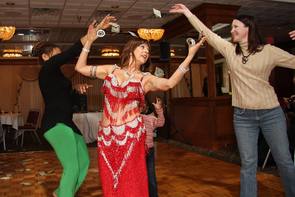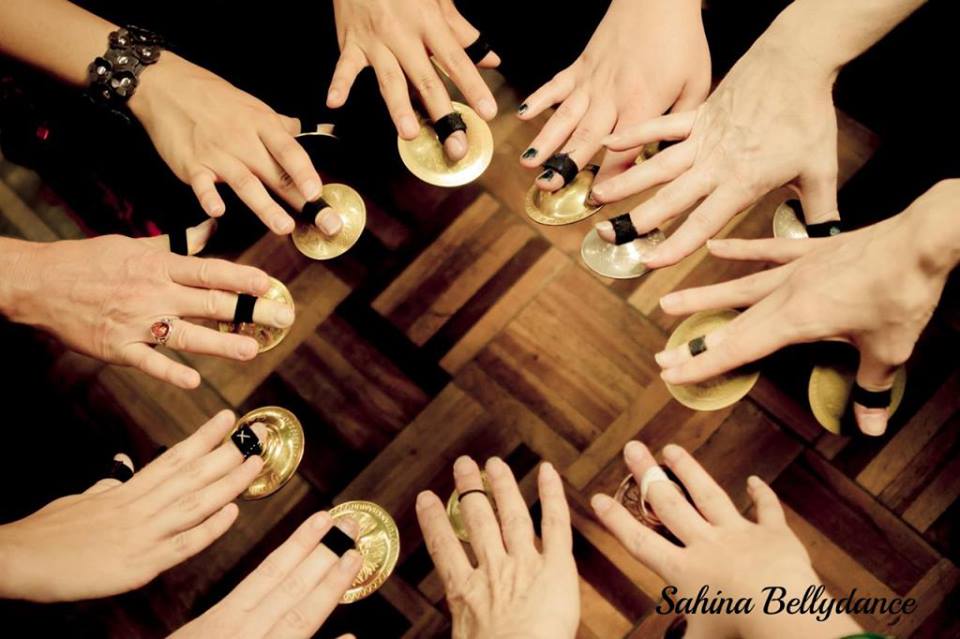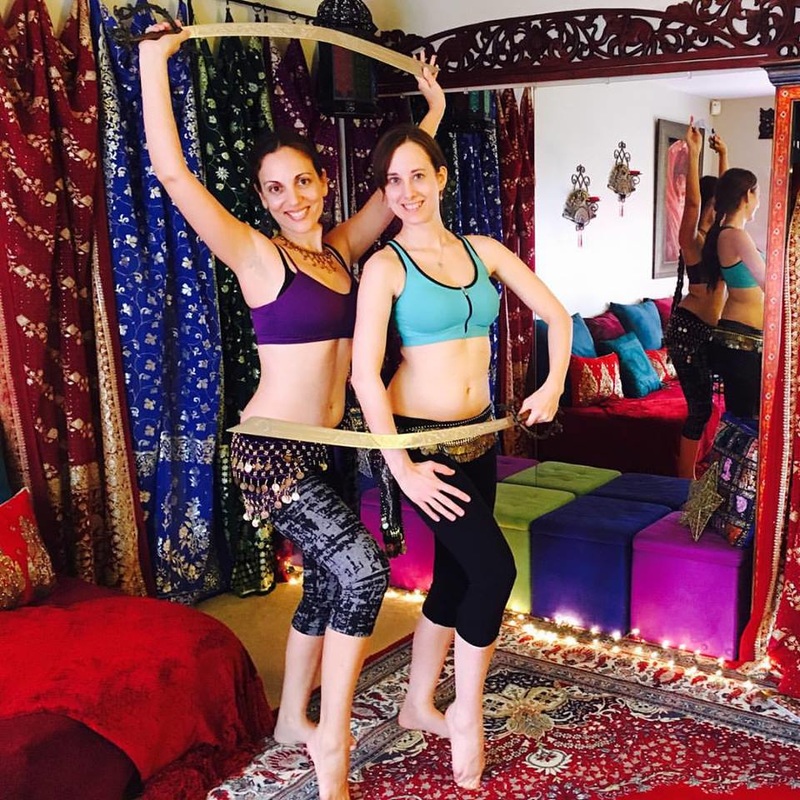Whatever reason they come to dance, and stay with dance, it is so wonderful to see the growth and improvement in each of my students. Dance teachers exist to pass on our knowledge and help guide our students as they discover where dance fits in to their lives. While one student may enjoy dance as a weekly hobby to connect with friends, another student may feel the desire to make dance a profession. I really enjoy being a teacher and a mentor for both ends of this spectrum, and for everyone that falls in between. Over the years, many students have asked me about how I became a professional dancer. Many times, someone asks because they are entertaining the idea of going pro and want to know what steps to take to get there. Dedicating that much of your life to dance is such a wonderful thing. And the process of getting to that point is really important. So, I wanted to share what I know, as well as some general guidelines and rules to follow if you are entertaining the idea of becoming a professional dancer. I want to be clear, so let me say this right now: There is absolutely no need to go pro. It is completely legitimate to maintain dance as your hobby, or your creative outlet, or your “me-time” activity. In order for someone to become a professional dancer, it takes a lot of years, practice, dedication, and mentorship. Professional dancers usually have been actively studying dance for 5-10 years. Most often, the general dance community and your mentor will let you know when you are ready to transition from student to professional. Therefore, it is important that you are active as a student and attendee at events, to not only be consistently learning, but also getting a sense of connection to the people in the dance community. Here are some other things that you should keep in mind as you start the process of becoming a professional dancer: Maintaining stellar community relations is integral. Not only does it anchor you in a group of amazing dancers who can relate to you and who will inspire you, but it also will provide you with opportunities to dance as well as show your support to other dancers. As a community, across styles, it is imperative that we support one another’s dance as much as we can. Be sure to attend events even when you are not performing and try out a variety of workshops in various topics with a range of teachers.
 Watching my mentor, Shifah, perform. Watching my mentor, Shifah, perform. Learn from watching your mentors. If you are interested in paid gigs, ask your teacher if you can assist them and then go, watch, and take in the process. Gigging isn’t required as a professional dancer. It is also much more rare for certain styles of dance to gig, for example, fusion performers. Often gigs are at Middle Eastern restaurants or private parties, who are looking for traditional dance. This is a good time to also think about how you can be an appropriate cultural ambassador. Many of us are not from cultures where bellydance is a part of social gathering, which means that we must be as educated and informed as possible about our dance. If you are performing and gigging you will need to know how to modify your choreography, or your costuming, and your choice of music for different audiences or venues. You need to be informed about local rates. If you are hoping to seek out paid dancing gigs, charge what you are worth, and don’t undercut other dancers. Even if you are okay dancing for less than the local rate is, it means that other dancers will suffer the consequences.
Hopefully some of these tips will help you in your process of becoming a professional dancer! Stay tuned for another blog about appropriate venues to seek out along your journey as well as proper etiquette for performing. For more information on mentoring please check out Sahina's interview on Nadira Jamal's Belly Dance Geek Clubhuose.
2 Comments
|
SahinaMy adventures in dance, music, costume design... Categories
All
Archives
January 2020
|
|
Sahina Bellydance | [email protected]
Amherst MA 01002 | Easthampton 01027 | Northampton 01060. All Content Copyright Sahina Bellydance 2010-2024. All Rights Reserved. |




 RSS Feed
RSS Feed
